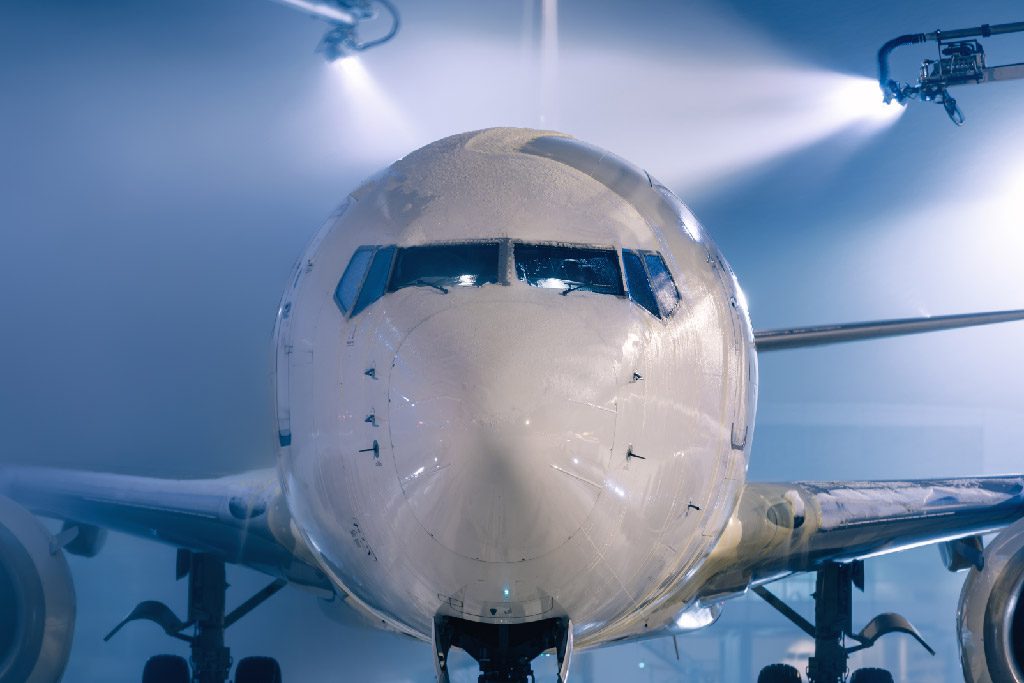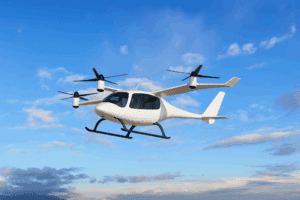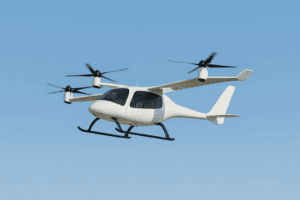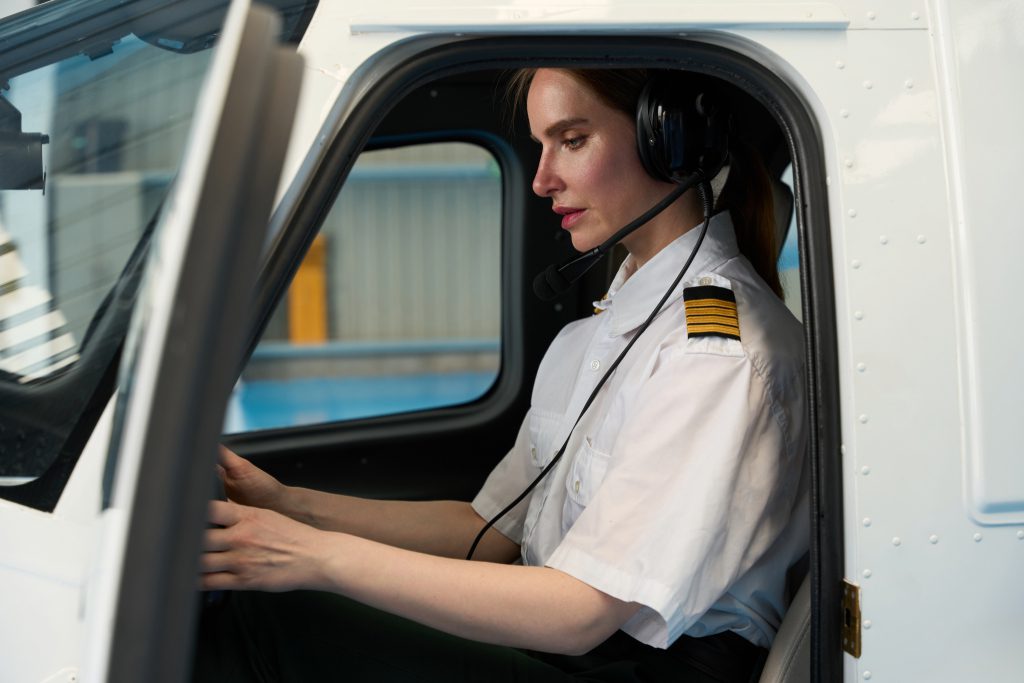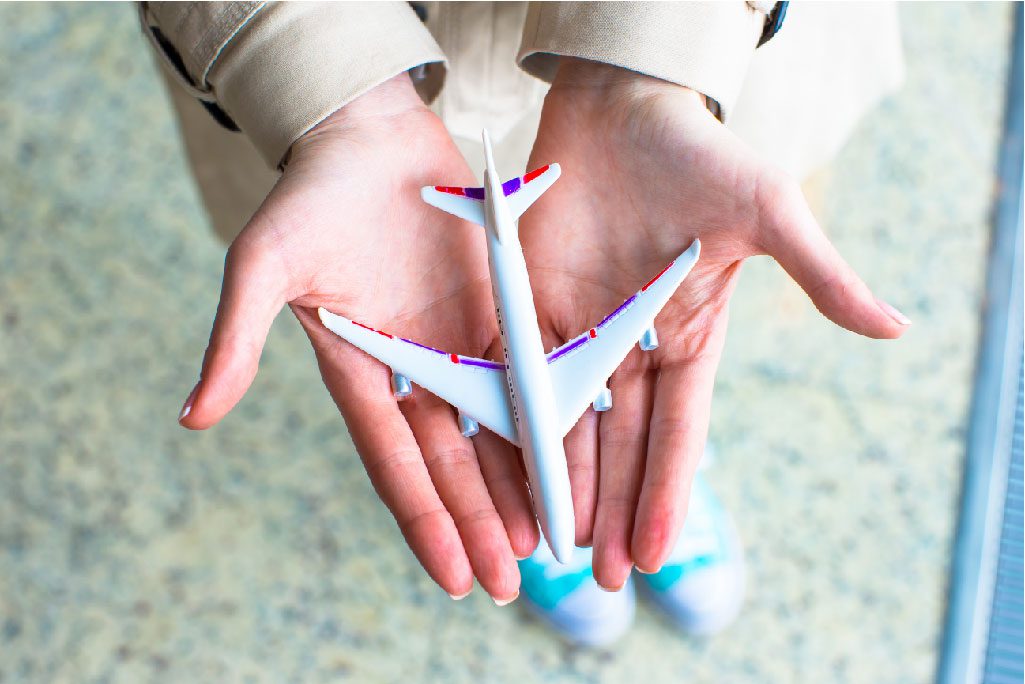A Brief Insight into Airbus A380
The Airbus A380 is the largest commercial aircraft that debuted in the passenger aircraft category—targeted on high-demand routes where density is key. The A380 paves new paths for short-haul traveling with its unique structure, operational capabilities, and transport possibilities. Designed by the European Corporation, this model has two decks, four engines, and a maximum capacity of 850 passengers according to its configuration structure. In turn, most airlines agree to more optimal seating for around 525. Since its first flight dated back to 2005 followed by service commencement in 2007, the aircraft has become a landmark in the world of aviation.
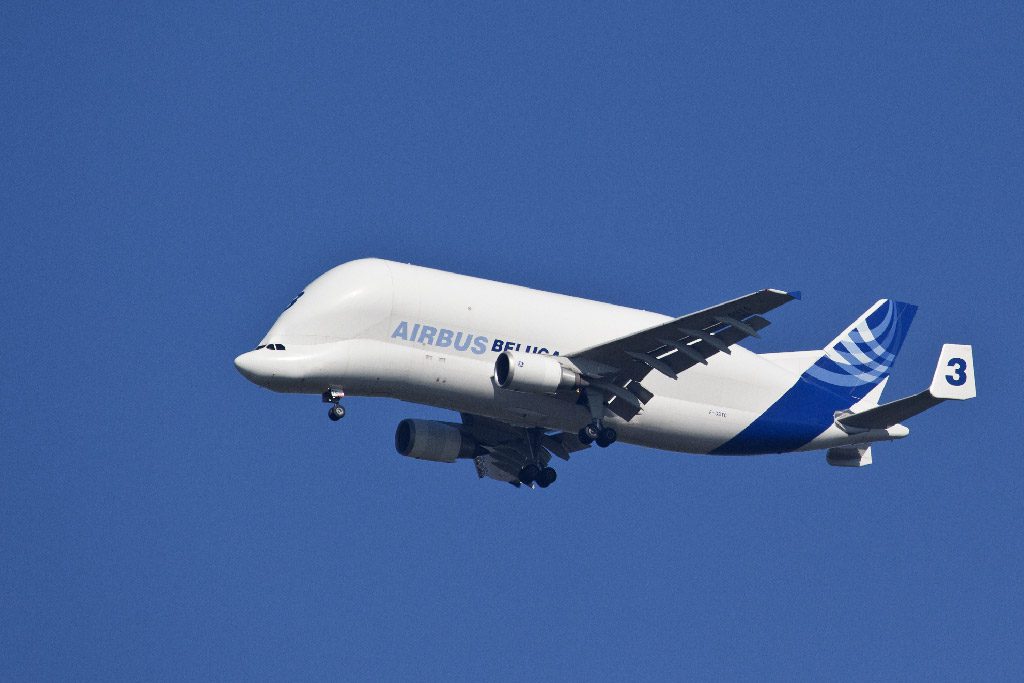
Comfort and The Passenger Experience
Passenger comfort is one of the strong attributes of the A380. Due to its roomy interior, larger aisles and taller cabins are available allowing some space to residents during long-distance trips.
The A380 is known as the quietest cabin in the sky due to its favorable reduction in engine and airflow noises throughout facilitating a peaceful journey. Economy, business or first class passengers on the A380 are at another level in relatively larger seating spaces, more legroom and better eye level, and more advanced passenger vessel facilities. Some luxury versions of the aircraft include showers for use by first-class passengers on board thus making the plane an ideal choice for travelers in search of a first-class aviation experience.
Eco-friendliness of the A380 Aircraft
The A380 is, remarkably, very green, considering its size. Although it may seem strange, the aircraft can carry a large number of passengers, hence fewer flights are needed to accommodate the same number of passengers. This leads to a lesser carbon footprint.
Because of its fuel-efficient engines, the A380 provides an economical fuel consumption per passenger compared to other large family members helping airlines keep their carbon emissions down. It provides a hint also of emitting lower noise levels and CO2, thus in the long term, will help provide a more environmentally-friendly air journey.
Operational success and legacy
There has been a noticeable transformation in the aviation business with the entry of the A380 into the market. Today, more than 200 aircraft have been delivered to 20 airlines globally, with some serving as the backbone of the majority of long routes, especially for Emirates which has over one hundred A380s. The aircraft’s production stamp was put in 2021, but the planes will remain in service for decades. Many of its operators are reaping the benefits of the aircraft’s size and fuel economy.
With the A380 allowing so many passengers on board, airlines can operate such routes with the heaviest concentration with less frequency of flights, thus fading congestion at big airports. On top of everything, its transcontinental range enables it to undertake long haul journeys with such ease of reaching several ends of the world.
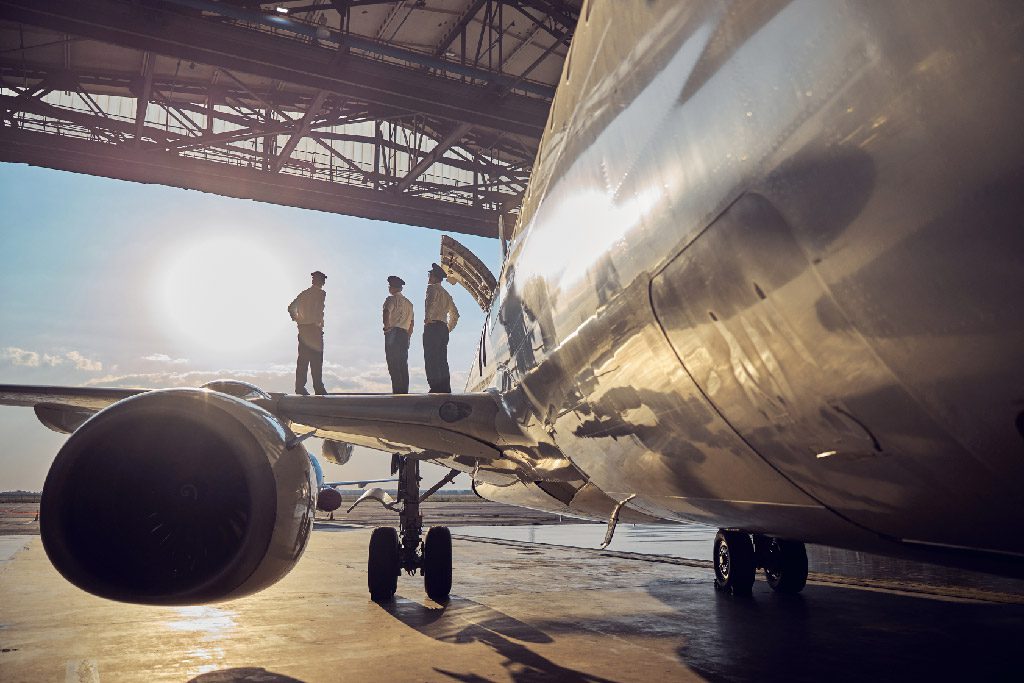
Safety and Reliability
The Airbus A380 is known for its strong safety record and reliable engineering. The aircraft has seen minimal incidents, with the most notable being the Qantas Flight 32 incident in 2010, where an engine failure caused significant damage, but thankfully, no fatalities occurred.
This rare occurrence prompted further improvements in engine design, ensuring such issues would be prevented in future models. The A380’s robust safety systems and meticulous engineering have earned it the trust of airlines and passengers alike. It is one of the safest aircraft in service today, which speaks volumes about the attention to detail and quality that went into its design and construction. You can read more about the Airbus A380 on Airbus’ official website.
Conclusion
Conclusion Afterword The Airbus A380 is no longer simply the world’s largest passenger plane; it has become an emblem of modern air travel that not only meets the highest standards of comfort but is also remarkably efficient.
Aviation has been revolutionized by its sleek new form, which combines elegance with practicality in all its offerings. Production of the A380 Is done now; however, things are not likely to end there for the impact of this aircraft will be felt for many years to come.
The Airbus A380 can be described as a major step forward in the development of air transport that has changed the nature of long-haul flights for the better and has significantly raised the bar in terms of comfort and eco-efficiency.

